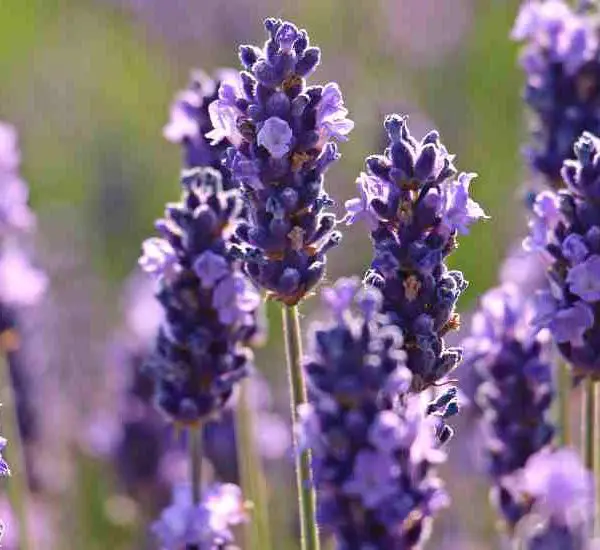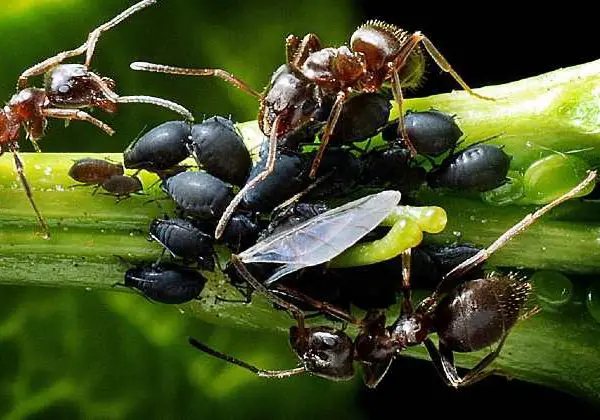The cherry tree is a perennial fruit tree with deciduous foliage. Its fruits, with both a sweet and tangy taste, are pulpy and rich in vitamin C. Cherries can be eaten fresh or used in the preparation of jams, syrups or desserts. The harvest takes place between April and June. On the other hand, certain parasites can spoil the harvest, and also make the cherries unfit for consumption. These are white worms found near the core of the fruit. Find out how to tell if your cherries have worms or not.
The white grubs found in cherries are just the larvae of certain flies that attack cherry trees. The eggs of these flies take place between May and July, at the time of fruit coloring. To avoid eating a cherry infected with worms, it is important to first check its appearance to know if it contains a worm or not.
How do worms attack cherries?
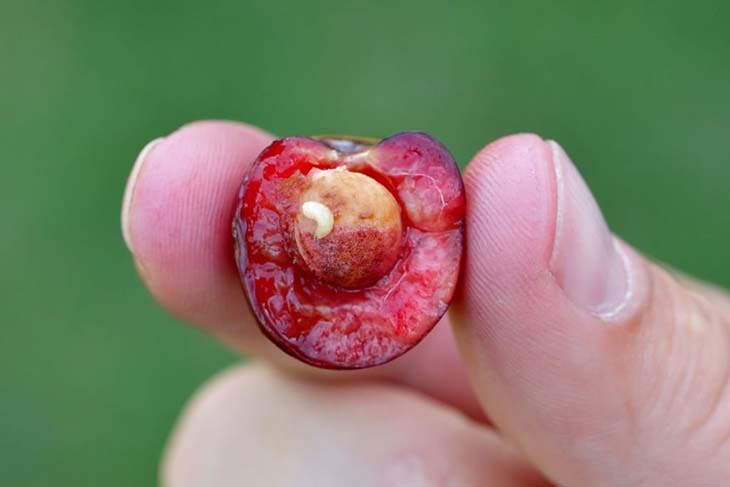
Harvesting and eating cherries can be spoiled by small worms. The latter are only the larvae of two flies: one called Rhagoletis cerasi, and another, smaller, called Drosophila suzukii or cherry fruit fly. Between May and July, these midges fly around cherry trees and feed on their sweet secretions, especially during hours of full sun. They pierce the skin of cherries and lay their eggs there. Female Rhagoletis cerasi lay their eggs about 10 days after first fledging, especially when the weather is warm. The eggs are laid under the skin of the red cherries. The larvae appear after 10 days and feed on the pulp of the cherries. As for female Drosophila suzuki, they lay their eggs in ripe, healthy cherries.
Late or mid-late cherry varieties are the most attacked by white grubs. Early varieties, on the other hand, reach maturity before the flies begin their first flight, and remain intact.
Cherries infected with these pests rot quickly. And for good reason, when flies pierce their skin to lay their eggs, several bacteria and fungi infiltrate the skin of these fruits, which then become unfit for consumption.
Note that while the Rhagoletis cerasi fly only attacks cherry trees, Drosophila suzukii targets all fruits with soft pulp. This includes cherries, but also tomatoes, strawberries, plums, grapes or raspberries.
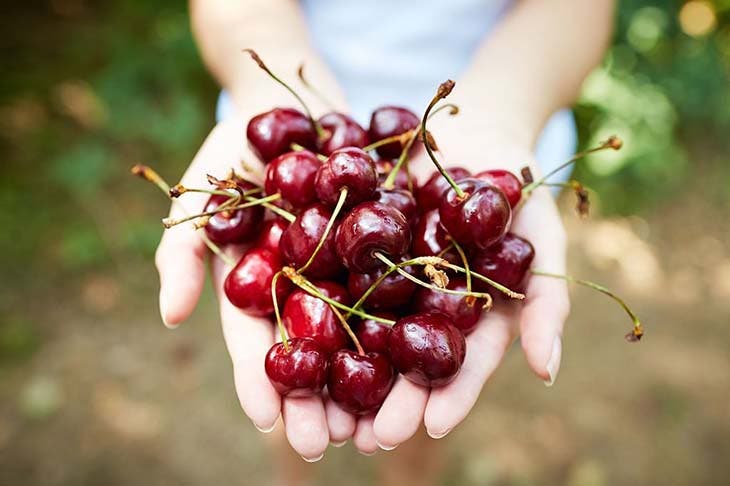
How to recognize the presence of worms in cherries?
To know if a cherry has been infested by a worm, simply check its appearance. If it is firm to the touch and smooth, without moldy areas, with a green stem, the cherry is healthy. However, do not eat cherries if they have brown spots or if they are soft or very ripe.
How to prevent the appearance of worms in cherries?
To avoid the appearance of worms in cherries, it is advisable to plant early varieties such as Napoleon or pigeon hearts, so that they reach maturity, even before the first flight of the flies. Also, do not plant fragrant plants near your cherry trees that risk attracting flies, such as barberries or honeysuckle.
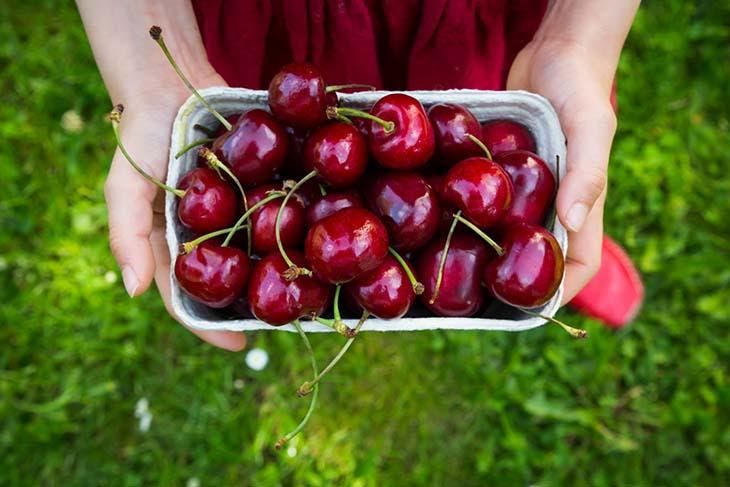
To avoid attracting the flies responsible for the appearance of worms, it is also important to eliminate all over-ripe fruits from your cherry tree. In winter, try to clean and hoe the soil, that is to say, stir it, especially under the foliage of your tree, in order to dig up fly pupae and thus reduce the number of flies that could appear in spring. . You can also install ecological traps from the beginning of April to get rid of these flies. To do this, install yellow glued panels. The fly, attracted by this color, will easily stick to this trap and leave your cherry tree alone. Note that there are also pheromone traps, made up of strips covered in glue or small huts that contain a pheromone capsule that diffuses into the air. This environmentally friendly trap is very effective in capturing insects that lay their eggs in fruit. Note that fruit infected with worms should be thrown away and not added to the compost, because the larvae, or maggots, continue to grow in the fruit, even when it falls to the ground.
That said, checking the appearance of the cherries before eating them is important. This allows you to recognize whether or not your red fruits have been infected by white grubs.

